Remembering the Holocaust: Book Review
Esther Jilovsky
Rabbi Temple Sinai, Wellington
Remembering the Holocaust by Esther Jilovsky
Author Esther Jilovsky was born in Melbourne, Australia. She is the great granddaughter of Holocaust survivors. Her great grandfather Gabriel was transported to Auschwitz in 1943 and died there. Jilovsky is the editor of “In the Shadows of Memory: The Holocaust and the Third Generation” (2016) and is the Rabbi of Temple Sinai in Wellington. Previously, she was Honorary Fellow in German Studies at the University of Melbourne. “Remembering the Holocaust” was first published by Bloomsbury Academic in 2015. The paperback edition was published in 2017.
Review by Ann Beaglehole
Remembering the Holocaust is a Jewish cultural imperative, an obligation we owe to both those who survived and to those who did not. Many of us have questions and concerns about remembering the tragic event and about the transfer of Holocaust memory from one generation to the next. Esther Jilovsky’s 2015 book Remembering the Holocaust is highly pertinent to helping us better understand the effects of the Holocaust on our immediate families and on future generations.
Remembering the Holocaust, which provides an in-depth examination of Holocaust memory, is structured around three generations of Holocaust survivors. The first chapter focuses on first-generation survivors; the second, on the second generation; and the third, on the third generation. The last chapter delves into Holocaust sites as transmitters of memory. As a way of distinguishing between the Holocaust witnessing of the different generations, Jilowsky uses terms such as primary witnessing and secondary witnessing, to maintain a clear distinction between those who were there (for example in a concentration camp) and those who were not. Listening to or reading survivor testimony is the primary way in which one becomes a secondary witness.
Holocaust memory is also transmitted from one generation to another through memoirs and novels written by generations of survivors. Jilovsky discusses fascinating issues about interpretations of the Holocaust by second and third generations of Holocaust survivors, who are without direct Holocaust memories of their own, and who ‘interpret their parents’ and grandparents’ memories, complementing them with reflection and imagination.’ The book comes vividly to life through Jilovsky’s discussion of some of this relevant literature, including Lily Brett’s 1999 autobiographical novel Too Many Men; Art Spiegelman’s Maus; and second-generation memoirs such as Anne Karpf’s The War After. Jilovsky’s analysis of second-generation texts shows how deeply the Holocaust has affected second generation survivors, some of whom experience transgenerational trauma and guilt at not having suffered as their parents had.
Jilovsky comments that second generation memoirs are often evoked by the authors’ parents reaching old age and death: ‘The impetus for children of the Holocaust to explore their heritage becomes more pressing when the link to it is threatened.’ Jilovsky gives agonizing examples of the missed opportunities to transfer memories, including second generation’s failures to listen to survivor parents until it is too late and the parents are ill or have died. Once the memories of survivor parents are lost, they are lost forever, writes Jilovsky. ‘Only the post-memory version remains.’ A relevant definition of ‘post memory,’ given by Jilovsky, is ‘having a memory of something not experienced.’
In the second to last chapter of the book, Jilovsky focuses on the third generation. They are the last living link to survivors and to eye-witnesses of the Holocaust. They may still remember survivors ‘as living people, rather than talking heads in video testimonies or the pensive subjects of black and white photographs.’ Most importantly, the third generation will carry the memories of survivors into the future, ‘where one day there will no longer be anyone alive who remembers the atrocities of Nazi Europe and the lost world of pre-Holocaust European Jewry.’
Jilovsky calls the third generation (she herself is third generation) the ‘bridging generation.’ Yet, the third generation’s relationship to the Holocaust, she writes, is ‘characterized by distance.’ For this reason, she notes, the third generation’s representations of the Holocaust in their memoirs and novels have a strong imaginary component. An example she gives is the writing of Jonathan Safran Foer in Everything is Illuminated.
The last chapter of the book focuses on Holocaust sites as transmitters of memory. As the events of the Holocaust fade from living memory, the places where it took place become ever more important in transmitting its legacy. But, asks Jilovsky, how possible is it to understand the past through visiting certain places? And how might these visits shape the future of Holocaust memory?
Jilovsky discusses contemporary Auschwitz, huge and complex, with amenities, such as cafes, ‘visited by hordes of tourists annually.’ She writes of ‘the impossibility of authentic preservation,’ with some survivors having viewed the place as a ‘desecrated cemetery.’ Quoting Lily Brett, Jilovsky notes the numerous absences: ‘of dirt, filth, stench, stink. The absence of cruelty. The absence of suffering.’ Jilovsky also touches on the role of different collective memories at work at Auschwitz, particularly on ‘the collision of Polish and Jewish memory.’
Jilovsky notes that different generations of the Holocaust can have very different experiences when they visit these sites such as Auschwitz. In some cases, she writes, visiting sites may be a substitute for other types of memory. One of the most moving sections of the book for me came when Jilovsky highlighted the vast mismatch between a survivor’s Holocaust memories and their post-Holocaust impressions of visiting Holocaust sites decades later. Jilovsky quotes a survivor, visiting Auschwitz in 1978, who, when he saw the surrounding grass in the contemporary camp, recalled the environment of the actual camp where he had been imprisoned. ‘I don’t see any grass,’ he said. ‘I see mud, just sea of mud. And you think it is cold? With your four or five layers of clothing on a bright crisp day. Well, imagine people working when it snowed, when it rained, when it was hot or cold, with one layer of clothing.’
Particularly gruelling is Jilovsky’s account of a second-generation survivor who ‘at times literally forgets that it is not she who went through the hell.’ In Lily Brett’s Too Many Men the protagonist Ruth momentarily forgets the difference between being a visitor to Auschwitz and a victim of Auschwitz.
Jilovsky skilfully unravels the complex and intertwined relationship between inherited memory, sites of memory and bearing witness. She asks many pertinent questions about the precarious future of Holocaust memory and the concept of inherited memory. Remembering the Holocaust is a dense book, rich in poignant detail, which digs deeply into the topic of Holocaust memory, excavating diverse aspects of the topic.
Jilovsky’s book will appeal to scholars and specialists in Holocaust studies as well as to a wider audience, especially educators grappling with Holocaust remembrance in an age when many Holocaust survivors are no longer with us. The book is also particularly relevant to members of second generation and generation after groups. Remembering the Holocaust includes 50 pages of notes, a detailed bibliography and index. An in-depth introduction discusses and defines concepts and terminology used in the book such as ‘generation,’ ‘witnessing,’ and ‘site of memory.’
Ann Beaglehole is a Wellington reviewer and historian. Her parents were Holocaust survivors.


